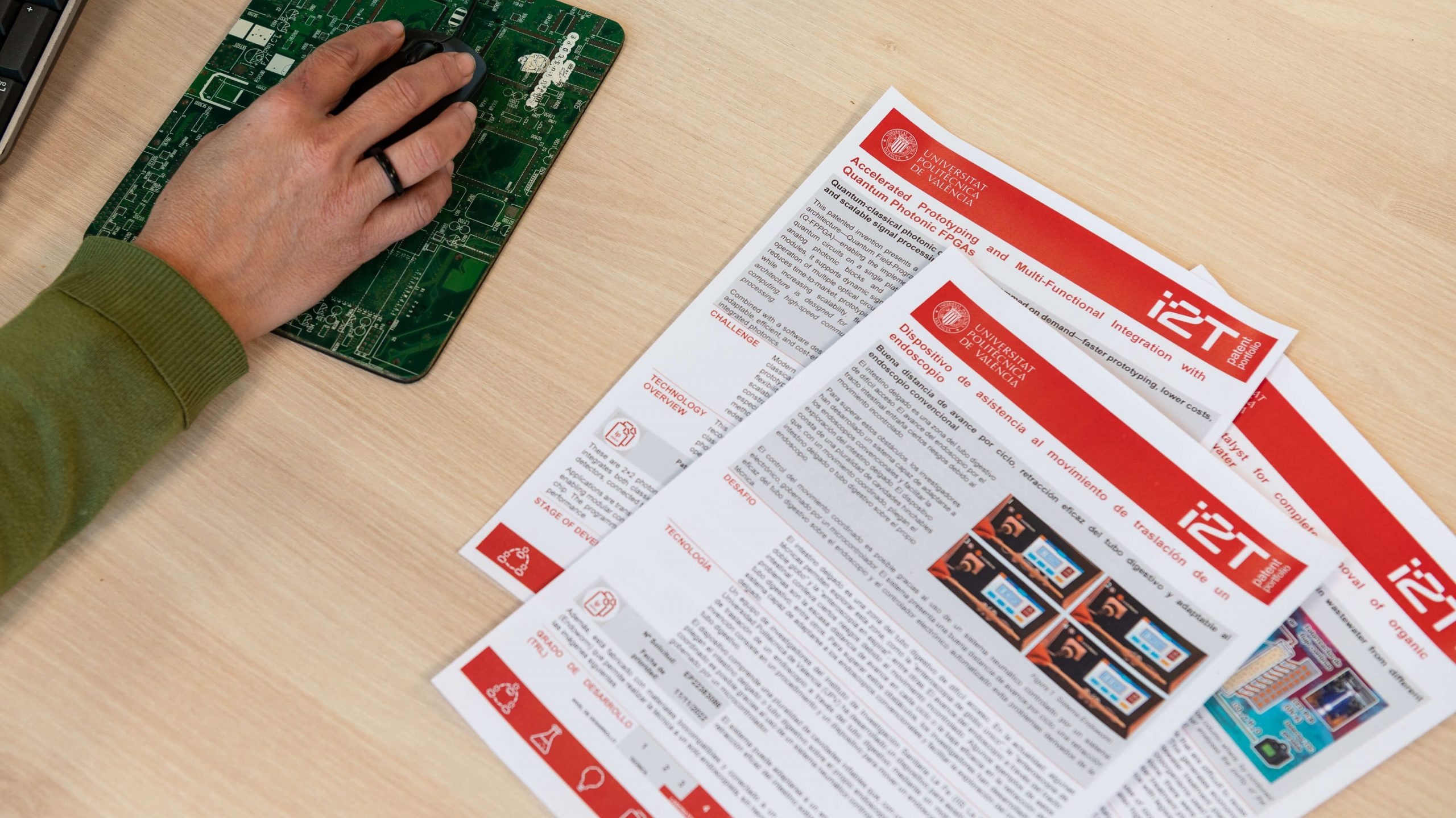
Commercialization and Licensing of Software
In the case of software, commercialization requires less effort than for patents because it is not necessary to face costly validation or scaling phases, but it is essential to analyze the viability of the business model proposed by the researcher according to the environment in which the software has been developed. An essential aspect is the analysis of the licenses used during this development, since they can condition the possibilities of later exploitation. Therefore, the effort is focused on evaluating these legal conditions and defining the most appropriate licensing strategy to bring the software to the market;
i2T accompanies you in all phases of the technology transfer process, from analyzing the feasibility of the proposed business model to the connection with companies for licensing to third parties or the creation of a spin-off.

Software Commercialization Process
1. Feasibility of the business model
The development environment directly conditions the business model and the license that a resulting software may have. This is due to the fact that the libraries and platforms used during programming are subject to their own licenses, which must be respected in any subsequent exploitation.
The use ofproprietary environments (such as Matlab, LabView or Unity), developments are limited to what is allowed by the license in question, which in many cases is the academic license of the UPV, so that commercial exploitation of software based on these environments may be limited.copyleft license require derivative software to maintain that same license; thepermissive licenses allow more flexibility, even opting for proprietary licenses; and if the code is developed without external dependencies, the choice is totally free. In short, the licenses accepted during development condition both the legal viability and the possible business model, so it is essential to analyze them from the beginning.
Therefore, before starting the commercialization, i2T analyzes the development environment that you have declared in the communication to see if it limits the business model that you have thought for the software, informing you about it. This report allows you to decide the best protection and exploitation strategy for your technology. TRL UP helps you to mature your software with funding and resources to know which steps raise your development level (TRL) and which validations in relevant environments are necessary. All this facilitates its subsequent transfer.
2. Actions for the exploitation of the software
The exploitation of the software is the final phase of the commercialization process, in which the options to bring the development to the market are materialized. Once the viability of the business model has been analyzed, the dissemination of the technology and the connection with companies interested in its commercial exploitation is facilitated, as well as the accompaniment in the creation of a spin-off when the research team wishes to undertake.
Dissemination in Explora UPV i2T supports you in writing an attractive and clear summary, adapted to a non-technical business audience, highlighting the differential value of your technology.
Participation in matching eventsi2T organizes and facilitates your participation in meetings with companies, such as Innotransfer y UPV-Company Match.
If you want a more intense action in the search for companies to license the software to a third party, i2T has a network of specialized external agents that identify companies interested in the technology and facilitate the first contact.
If you choose to become an entrepreneur, the program SPIN UPV offers you:
- Entrepreneurship training.
- Identification of potential CEOs.
- Support in the drafting of the business plan.
- Preparation of the pitch to investors.
If you are not sure which path to follow, contact us and we will help you to see what is in your best interest.
3. Software License
Whether the software is licensed to a third party or transferred to a spin-off, the last step is its formalization. Since software is applicable to almost all sectors and very versatile in terms of formats, functionalities and modes of use, this formalization can take different forms. In all cases, the software license is the legal instrument that determines how it can be used, distributed and exploited, depending on the possible limitations derived from the programming environment and the libraries used. i2T accompanies you in this process, helping you to define the most appropriate model and to regulate it correctly through contracts, EULA, distribution licenses or terms of use in the case of SaaS models.